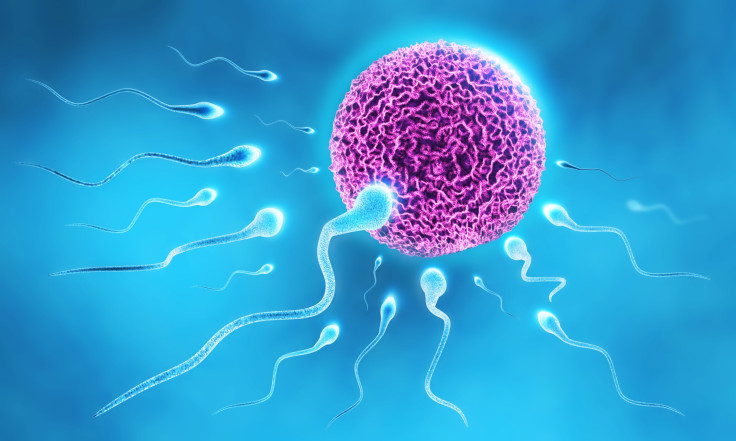Sperm Motility And Quality Highest In Early Ejaculate, Most Likely To Fertilize The Egg

Apparently, not all ejaculate is created equal, new research from the Ginemed Assisted Human Reproduction Clinic finds. In fact, the difference in sperm quality between the first fraction of ejaculate and the second is significant. First wave ejaculation contains spermatazoa that are of higher DNA quality, move more, and appear in greater numbers than those bringing up the rear.
Based on this new in-house research, Ginemed now requests all patients collect ejaculate in two fractions so that the clinic can simply — and at no additional cost — improve the quality of sperm used in fertilization techniques.
And that, my friends, is scientific best practices in action.
Two Phases, Two Roles
During male orgasm, strong muscle contractions discharge semen from the male genital system. The fluid released generally is divided into three phases: pre-ejaculation followed by a first and second fraction. The pre-seminal fluid, a colorless secretion from the Cowper’s gland, does not contain sperm. Instead of fertilization, the function of this fluid is to protect sperm by neutralizing any acidic urine that may be present in the urethra.
Pre-ejaculate also lubricates the urethra to safeguard sperm from mechanical damage. Following this fluid comes the first fraction of ejaculate, which consists of about 15 to 45 percent of total volume, and then the second fraction is released.
“Ejaculate has always been considered as a whole,” Dr. María Hebles, lead-author of the study and co-director of the reproduction laboratory at the Ginemed Clinic in Seville, stated in a press release.
Yet she and her co-researchers wondered if the two separate phases might represent different functions. Based on the mechanics of ejaculation, the researchers theorized, the first fraction might be intended to fertilize the egg, while the second might prevent the sperm of other men from completing fertilization. (Got to keep those pesky rivals out!)
And so the researchers tested this hypothesis. They asked 40 male participants to collect their ejaculate in two separate containers — one for each fraction. Then, Hebles and her co-researchers studied the characteristics of the sperm in each phase.
They discovered the first fraction, though lower in overall volume, was rich in sperm. Along with high sperm content, this fluid also contained components protective of sperm, including magnesium and zinc. Importantly, the sperm in the first faction had higher motility rates — they moved around more — and contained lower sperm DNA fragmentation than those swimming in the second fraction.
Meanwhile, most of the second fraction, between 70 and 90 percent, consisted of secretions from the seminal vesicles. Not only did this fraction contain far less sperm, but the fluid included components actually damaging to sperm. And this appeared to have a negative impact on overall quality.
“As we were expecting, the sperm from the first fraction of ejaculate were faster moving and the count was higher,” Dr. María Hebles, co-director of the reproduction laboratory at the Ginemed Clinic in Seville and lead author of the study, stated in a press release. “More importantly, they had higher DNA integrity than sperm from the second phase.”
As a result of this analysis, Hebles believes sperm used in any assisted reproductive technologies (ART) should not be collected in a single container mixing both phases together. For best results, only the first fraction of ejaculate should be used. If ever you find yourself in a fertility clinic, then, ask for two cups, not one.
Source: Hebles M, Dorado M, Gallardo M, González-Martínez M, Sánchez-Martín P. Seminal quality in the first fraction of ejaculate. Syst Biol Reprod Med. 2014.



























